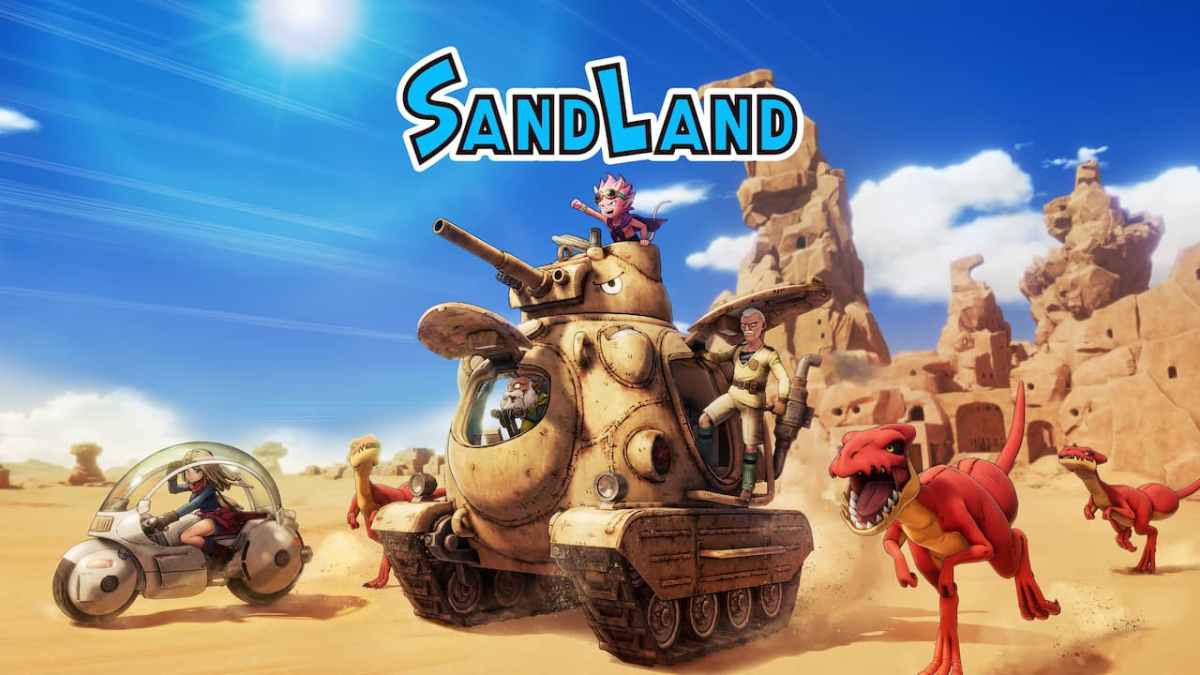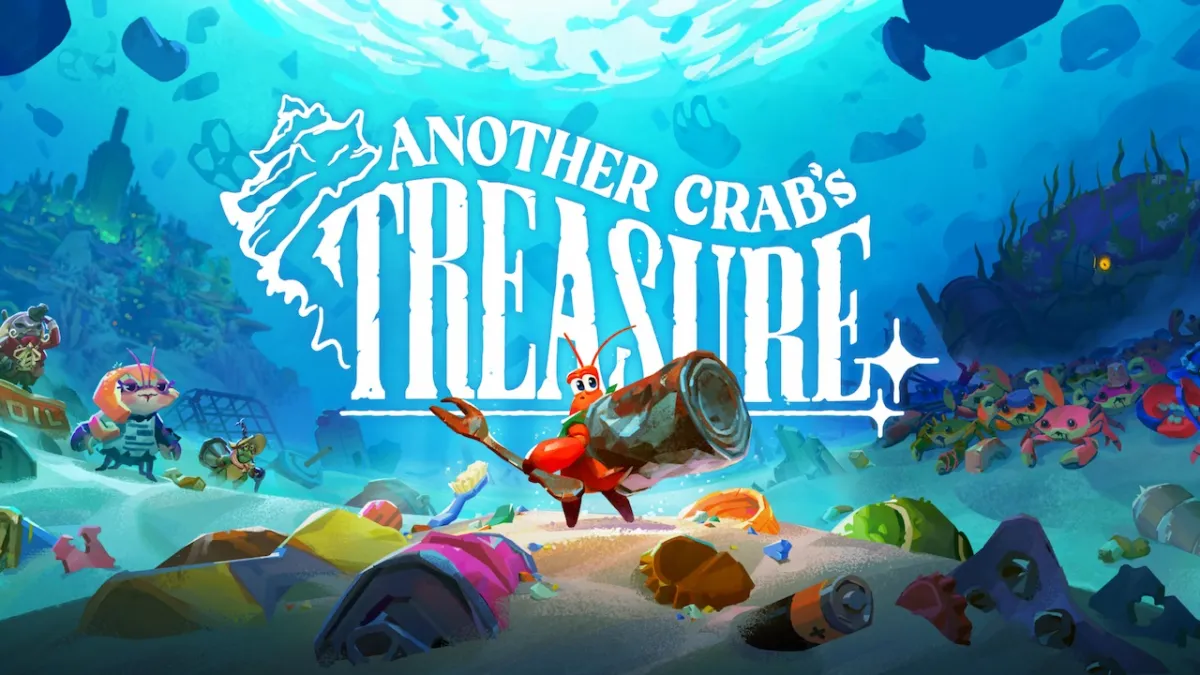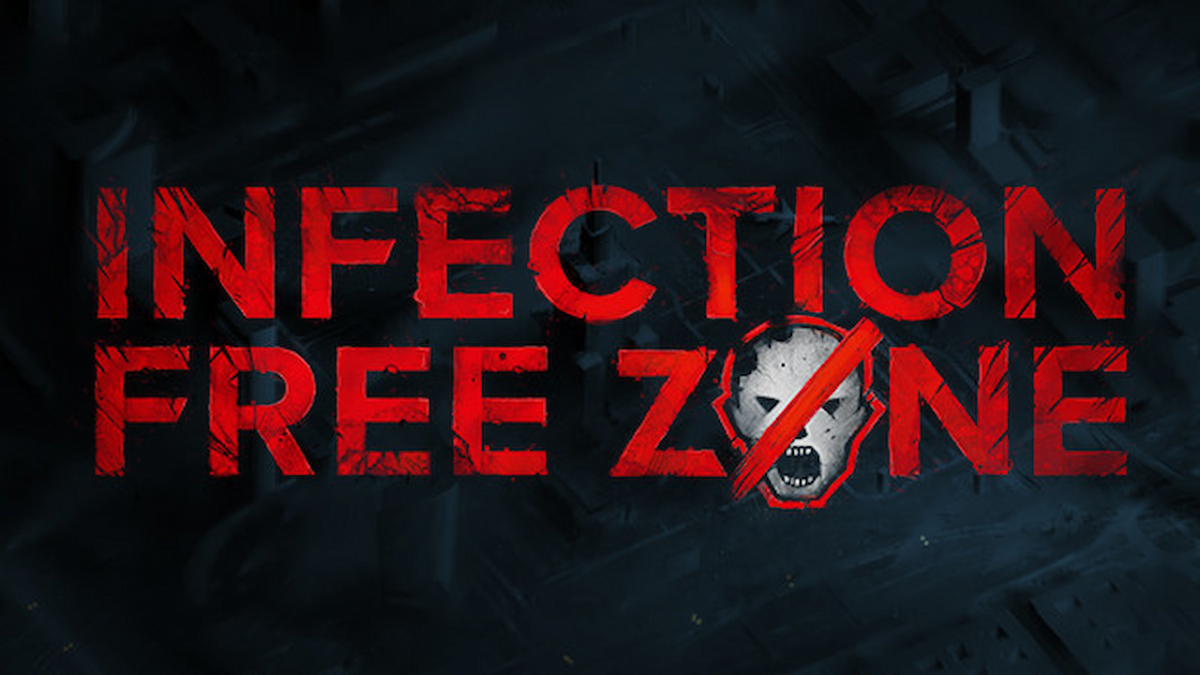The Bridge is brilliant.
I mean that in the sense of A Brilliant Mind or “the brilliant quantum physicist …” It’s a puzzle game that can be as strange and intimidating as it is smart. The final of eight segments, each six levels in length, has bested me for the moment, but I shall be returning to the intellectual fight when I next get the chance.
Puzzles in The Bridge are a matter of manipulating space and the objects within it, thinking ahead, understanding the interaction multi-layered systems, positioning, and a certain amount of precision. You may or may not be controlling the actual M.C. Escher himself (I’ve yet to really wrap my head around the game’s narrative, told through static text and the puzzle locations themselves,) but you absolutely exist in Escher’s world.

Every one of the title’s single-screen (though the camera sometimes pulls further back than in others) puzzles is an homage to the twisting, impossible staircases and mind-jiggling perspective tricks of that tremendous artist. In-keeping with its inspiration, all of The Bridge’s characters and backdrops were hand drawn in black and white by the game’s artist, Mario Castañeda. As you should be able to tell from the images dotted around the page, this gives it a striking and consistent visual theme.
Fellow developer Ty Taylor has done a fine job easing the player in to the game’s key mechanics. From early moments where you’re just wiggling an apple tree to wake the snoozing protagonist with a fruity assault to the noggin (so maybe you’re Isaac Newton then?) to later levels where you’re having to juggle with three or four tricky concepts at once, there tend to be strong visual clues or lessons to be built upon from previous stages.
At first, you’ll learn that your character can rotate the world and that the Escher-esque setting means that more often than not you’re able to walk on surfaces that appear to be out of reach. A very early puzzle finds you having to negotiate a blockade that will slide aside once the world is re-positioned to allow it to do so. You move your chap into place, slide the blockade away, nab a key and progress through the exit door.

That’s an easy one, obviously.
The Bridge isn’t shy about introducing its concepts and mechanics, so you’ll pretty rapidly move from ‘look buddy, this is just a training level’ to ‘oh god my eyes will never again see anything beyond this screen.’ As I’ve mentioned, the game is split into eight chapters. After breezing through one and two, feeling fairly clever about getting through three, and slowing somewhat during four, I reached a pair of levels in the fourth chapter that ate up more time than I’d previously spent on the entire game.
In theory you could dance through all 48 stages in a couple of hours. In reality, and without help, it could take you anything from around six to … well, maybe you should come to terms with the possibility of never finishing this one.

After the revelation of rotation, you’ll be introduced to double key retrieval, large rolling balls with eerie faces on them (called Menaces,) devices which flip you into another plain of reality (upon which the behaviour of other objects is altered or reverse) and magic veils that allow control over certain affiliated parts of the level. When things start to get really complex, you’ll need to juggle all of those aspects at once. Possibly while upside down. With a doppelganger.
You can’t ever really ‘fail’ a stage, or screw up to leave it in an unwinnable state, thanks to The Bridge’s thoughtful purloining of Braid’s time reversal technique. If your chap is crushed by a Menace or rotates himself off the map, you can simple pull time back to the point before that unfortunate business occurred. It’s a clever design decision, and one which encourages player experimentation because each ‘death’ can simply be reversed.
Like all of the finest puzzle games, a healthy proportion of levels make you feel like an absolute super genius when you solve them. Seriously, we’re talking full-on, mad scientist cackling and fist-pumping when you slot it all together and make it through that damn exit door. This euphoria usually lasts for about as long as it takes for you to see the next fiendish conundrum, but it’s always lovely while it lasts.

Early on you can muddle through with a little trial and error, but for later levels (I’d say the final half of the game) most triumphs are earned through cerebral heroics. The final four chapters take place in ‘Mirrored World,’ which offers even more devious versions of the original puzzles. Far from just being a reversed re-tread, these alter-ego levels are often changed beyond recognition with additional twists and traps.
The least rewarding levels are those which rely too much on precision placement of your main character or other objects. On these stages you often know what to do, and even how to do it, but can’t quite seem to manage to pull off the required trick with the level physics that the game demands.
Solving them feels a bit contrary to the usual approach of logical deduction and elimination of possibilities. Once the factor of ‘well maybe you were just stood in slightly the wrong place, idiot’ creeps in, besting the level feels a little less like a mental victory and more like overcoming a slightly cheap trick.
I can understand why those levels are there (to throw in an occasional, left-field challenge that your mind alone can’t overcome,) and the fact that they’re not plentiful in number means it’s not a huge deal. Just be aware that if (when) you hit a roadblock with The Bridge, it may be your skill with rotational dexterity that needs some more work, rather than your cognitive abilities.

If you do get stuck, you won’t find any in-game hints to help you. Developer Ty Taylor has told me that the temptation for players proved too great, and having help so close at hand ruined any sense of intellectual accomplishment. I tend to agree, though I’m also thankful for the youtube guide that allowed me to avoid the torment of being stuck on level 4.6 for all eternity.
The Bridge is, in its latter stages, properly hard and quite unapologetic about it. For every few levels that you breeze through feeling like King Smarty of Pantsilvania, another one will come along, push you in the mud and make it quite clear that you are, in fact, Peasant Dick of Headsville. It’s tough, but (mostly) fair, clear about its mechanics and provides a solid few hours of challenge-to-triumph moments; all while looking rather splendid.



